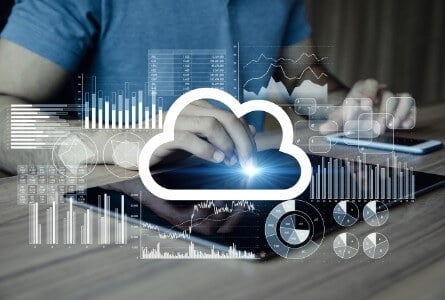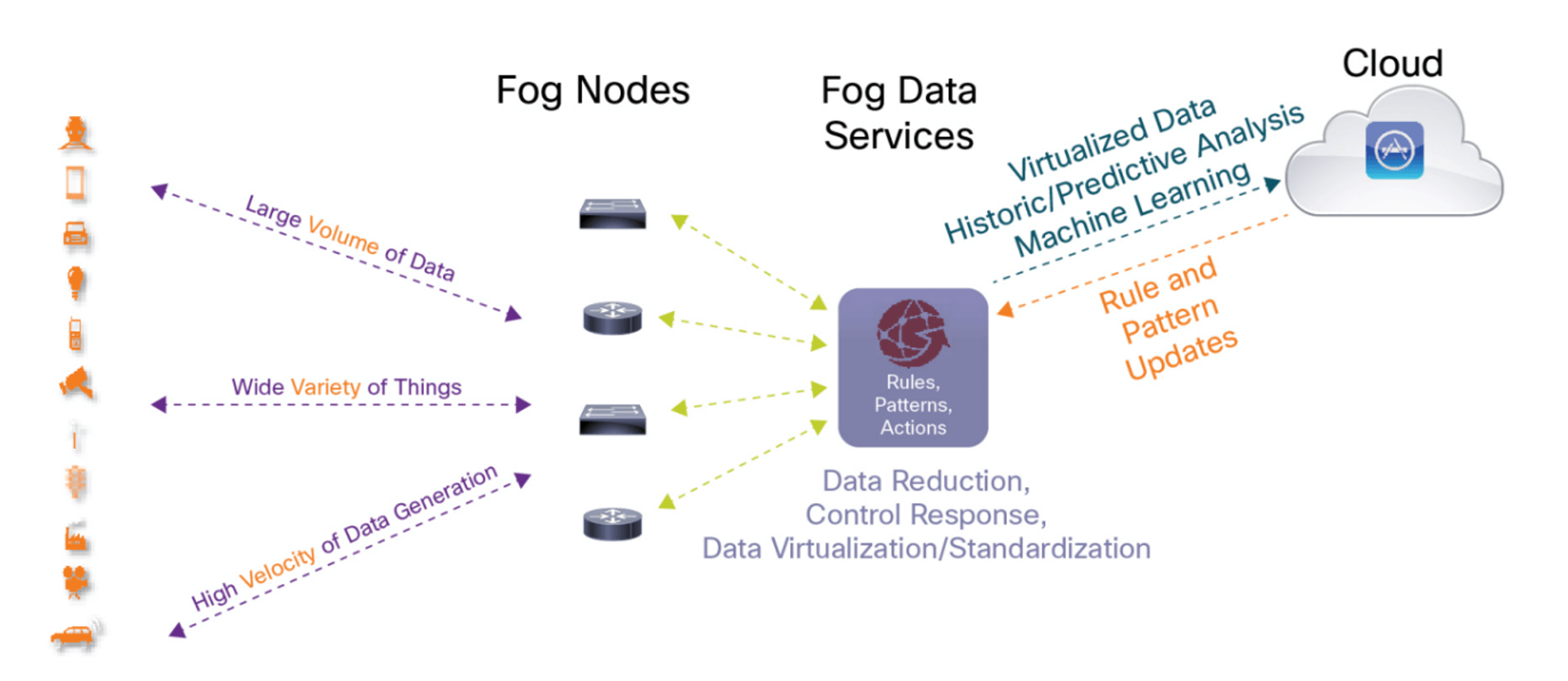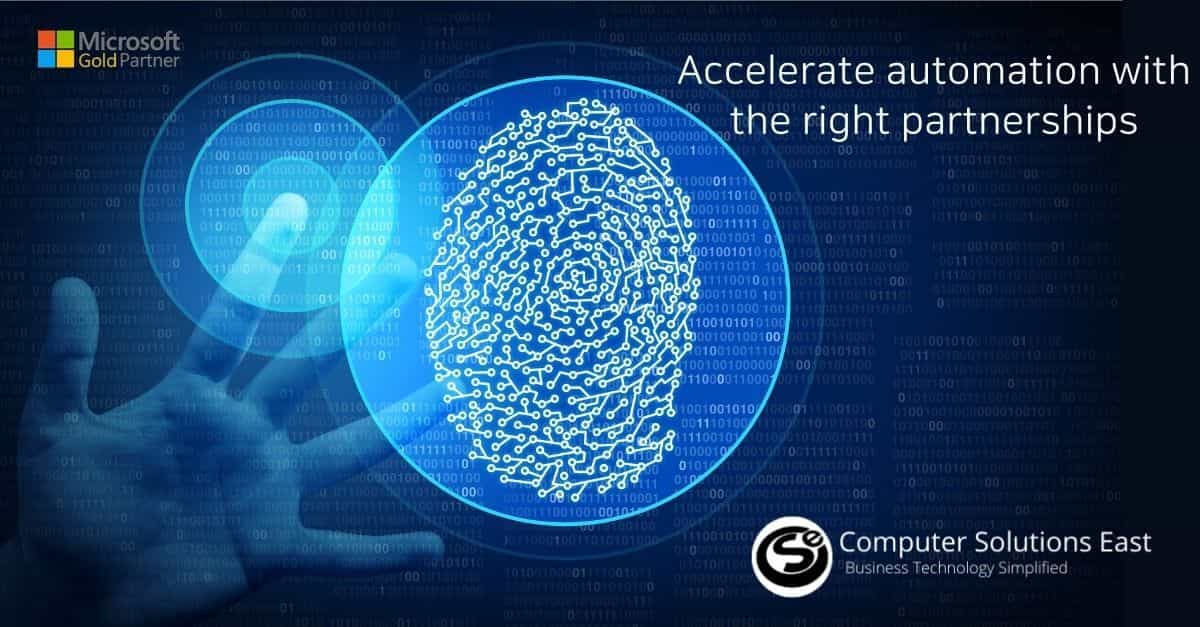Understanding the Fog Computing and How It Impacts the Banking Services
As devices operating on the outskirts of the digital world get smarter and more powerful, they continuously collect data for analysis, intending to learn about human and ecological behavior. Consider the relationship between purchasing behavior and rainfall projections. The cloud is on the other extreme of the spectrum. There appears to be a universe of computer and storage power waiting to be harnessed. A perfect storm of Internet of Things convergence occurs between these gadgets, connectivity, and the cloud (IoT).

Massive volumes of data will be collected by fog computing companies ranging from household appliances and personal wearables to sensing devices. Today’s scenario involves transmitting data to centralized technology (such as the Cloud) to process it quickly enough to reveal insights and give decision assistance. Additionally, there is a growing desire for immediate understanding and continuous adaptation to changing conditions. This requires efficiently transporting massive volumes of data (most of its noise) from billions of various devices to a computational center (e.g., the Cloud), processing it quickly, and returning the intelligence to the device for fog edge computing.
Herein lies a problem – one that dates to Moore’s law. It is an unsustainable paradigm if computer capacity in the Cloud does not keep pace with the proliferation of devices and data. However, in addition to providing a problem, fog computing companies would suggest a solution. Distribute cost-effective computing solutions as and when they are required. Consider fog computing companies as a hybrid vehicles. This results in the idea of fog computing, which Cisco coined. Consider this as extending the Cloud closer to the device and data source. As is the case in real life, fog occurs on the ground, close to the screen, while the clouds are high in the sky.
Fog computing companies enable the fulfillment of the top three requirements of a digitally savvy world. To be effective, the Internet of Things, a fog cloud computing architecture, must deliver near-real-time insights, solve data privacy concerns, & allow scalability. Cloud companies have begun developing regional infrastructure approaches to solve some of these three issues — yet fragmentation ultimately contradicts the point of a cloud solution. There are other edge computing solutions (which make use of the processing capacity on the device itself), but they are limited to the context of the local machine. By situating itself between the Cloud and the device, the fog and edge computing architecture combines the best of both worlds.
Fog nodes (compute points) are placed near the device on local area networks. This function as intelligent processors, analyzing data in the context of a community of sensors in a localized domain, filtering out/pre-processing irrelevant data, and transmitting only relevant data over the WAN to a cloud backbone for further downstream analysis. These fog nodes are made accessible as hardware appliances with popular standards (Linux/JVMs) that enable programs to be ported utilizing virtualized coding and a deployment framework.
Like complicated event processing, data inflow is analyzed/processed to derive conclusions. Companies such as start-up Flowthings have small-footprint code installed on fog nodes, and new jobs are ‘wired’ together using a graphical user interface. This enables developers to create new rules and expand the same instruction set to the cloud.

Reference: computing-solutions.pdf (cisco.com)
According to IDC, over 40% of the data gathered by IoT devices will be handled closer to the edge. A market valuation of USD 205 million is projected for fog computing companies by 2022.
Impact in FS space & Use Cases
Fog cloud computing is a complementary capacity to both cloud and edge computing. The topic is often geared toward leveraging services accessible via devices, including payments, personalizing offers, and retaining customers attracted to non-traditional banking services (Apple Pay, Samsung Pay, etc.)
Several scenarios are applicable:
- Citibank employs beacon technology to enable consumers to access ATMs using their smartphones. It gives incentives to use Citi cards in the local area based on ATM customers’ location and purchasing behavior.
- Commodity dealers benefit significantly from fog computing companies as they offer real-time localized conditions.
- Solutions affordable for smaller financial institutions that do not require large-scale Cloud-based data crunching and insights instead rely on prompt and personalized service.
- Provide insurance providers with real-time insights into their customers’ driving habits, vehicle conditions, and traffic patterns at crossings and congested regions.
- Self-learning devices enabled by fog computing companies to improve the device itself. For instance, using insights from family buying habits allows all gadgets to learn locally (home).
Financial services (FS) organizations are increasingly searching for innovation from experts on the Internet of Things (IoT) and analytics in the software industry. Citi and other industry leaders have issued open challenges to crowd-sourced IoT apps and analytics algorithms.
When our engineering capabilities are adequately leveraged through the FS sector, we will undoubtedly succeed. Fog computing companies benefit from their ideal location at the crossroads of these two.
At CSE, we help enterprises create a robust strategy to combine these capabilities into a compelling Internet of Things offering. This includes.
- Grassroots creativity for apps that harness near real-time information
- Domain-specific, context-aware AI
- Platforms for developing and remotely deploying applications, managing them in the fog, and extending them to the cloud.
When combined with CSE’s focus on Next Generation Services as one of the leading fog computing companies, we provide a strategy for future-proofing businesses. Fog Computing can accelerate enterprise penetration into the IoT world by avoiding the pitfalls of now-traditional cloud-based approaches.


